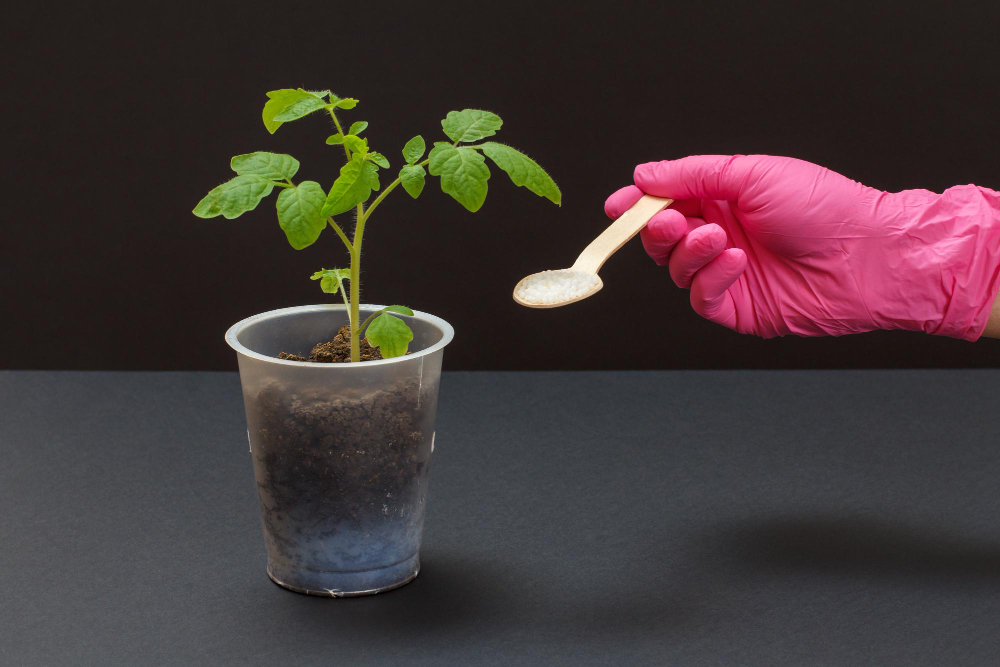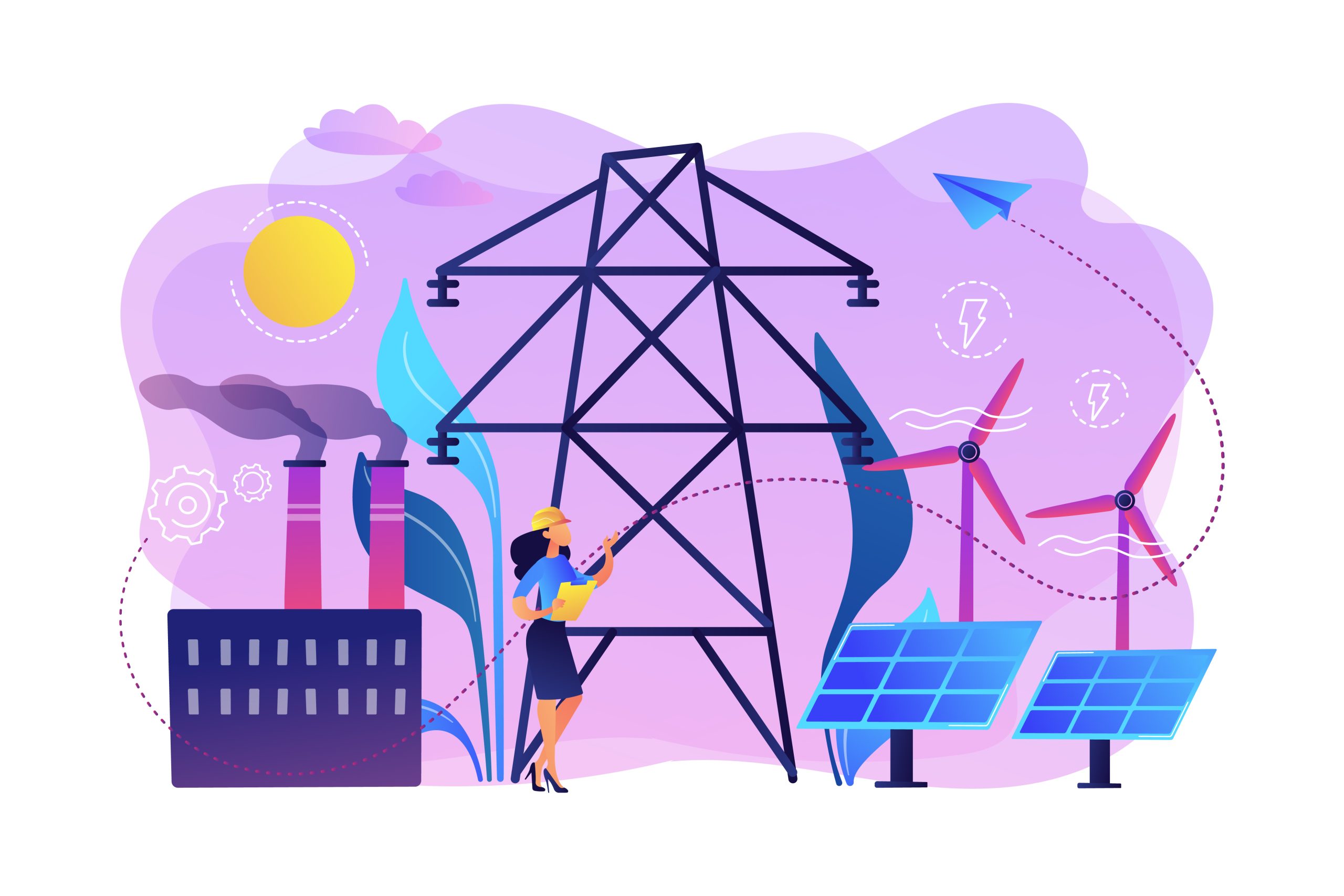Nitrogen is an essential nutrient for plant growth, playing a critical role in various biological processes, including photosynthesis, protein synthesis, and the production of chlorophyll. However, despite its abundance in the atmosphere, plants cannot directly utilize atmospheric nitrogen in its molecular form (N2). Instead, they rely on intricate mechanisms to obtain nitrogen from the environment and incorporate it into their biological processes. Let’s delve into the fascinating journey of nitrogen acquisition by plants and explore the diverse strategies they employ to meet their nitrogen needs.
Nature’s Nitrogen Factory
One of the primary ways plants obtain nitrogen is through a process called nitrogen fixation. Certain specialized bacteria, known as nitrogen-fixing bacteria, have the unique ability to convert atmospheric nitrogen into a form that plants can use, such as ammonia (NH3) or nitrate (NO3-). These bacteria form symbiotic relationships with leguminous plants, such as peas, beans, and clover, as well as non-leguminous plants like alder and certain grasses. Through these symbiotic associations, nitrogen-fixing bacteria supply plants with a readily accessible source of nitrogen, facilitating their growth and development.
Incorporating Nitrogen into Plant Tissues
Once plants have acquired nitrogen in a usable form, they must assimilate it into their tissues to support various metabolic processes. Nitrate, the primary form of nitrogen absorbed by most plants, is actively taken up by the roots and transported to the leaves, where it is reduced to ammonium (NH4+) and then assimilated into amino acids, proteins, and other nitrogen-containing compounds. This process requires energy and enzymatic activity but is essential for the synthesis of essential biomolecules that sustain plant growth and development.
Harnessing Nutrient Efficiency
In addition to acquiring external sources of nitrogen, plants also engage in internal nutrient recycling to optimize nutrient efficiency. When older leaves senesce or undergo decomposition, nitrogen-containing compounds are broken down and released back into the soil as organic matter. Microorganisms in the soil then mineralize this organic nitrogen, converting it into forms that plants can reabsorb and utilize. By recycling nitrogen from senescent tissues and organic matter, plants minimize nutrient wastage and maintain a sustainable nutrient cycle within ecosystems.
Navigating Nitrogen Partnerships
In some ecosystems, plants form symbiotic relationships with mycorrhizal fungi to enhance nitrogen acquisition. These fungi extend their hyphal networks into the soil, increasing the surface area available for nutrient absorption and facilitating the uptake of nitrogen and other essential nutrients. In return, plants provide carbohydrates to the fungi, fueling their growth and metabolism. This mutualistic exchange of resources benefits both parties and contributes to the overall productivity and diversity of terrestrial ecosystems.
Strategies for Survival
In nutrient-limited environments, plants must compete for limited nitrogen resources to ensure their survival and reproductive success. This competition drives evolutionary adaptations that optimize nitrogen acquisition efficiency, such as the development of extensive root systems to explore larger soil volumes, the secretion of organic acids to enhance nutrient solubility, and the formation of symbiotic associations with nitrogen-fixing bacteria or mycorrhizal fungi. Through these strategies, plants maximize their chances of securing essential nitrogen resources and thriving in diverse ecological niches.
The Nitrogen Saga Unfolds
In conclusion, the journey of nitrogen acquisition by plants is a captivating saga of biological ingenuity and ecological interdependence. From the atmospheric realms where nitrogen-fixing bacteria toil as nature’s nitrogen factories to the intricate dance of nutrient exchange in symbiotic relationships, plants employ a diverse array of strategies to obtain the nitrogen they need for growth and survival. As we unravel the mysteries of nitrogen acquisition, we gain a deeper appreciation for the intricate web of life that sustains ecosystems and drives the flourishing diversity of plant life on our planet.



